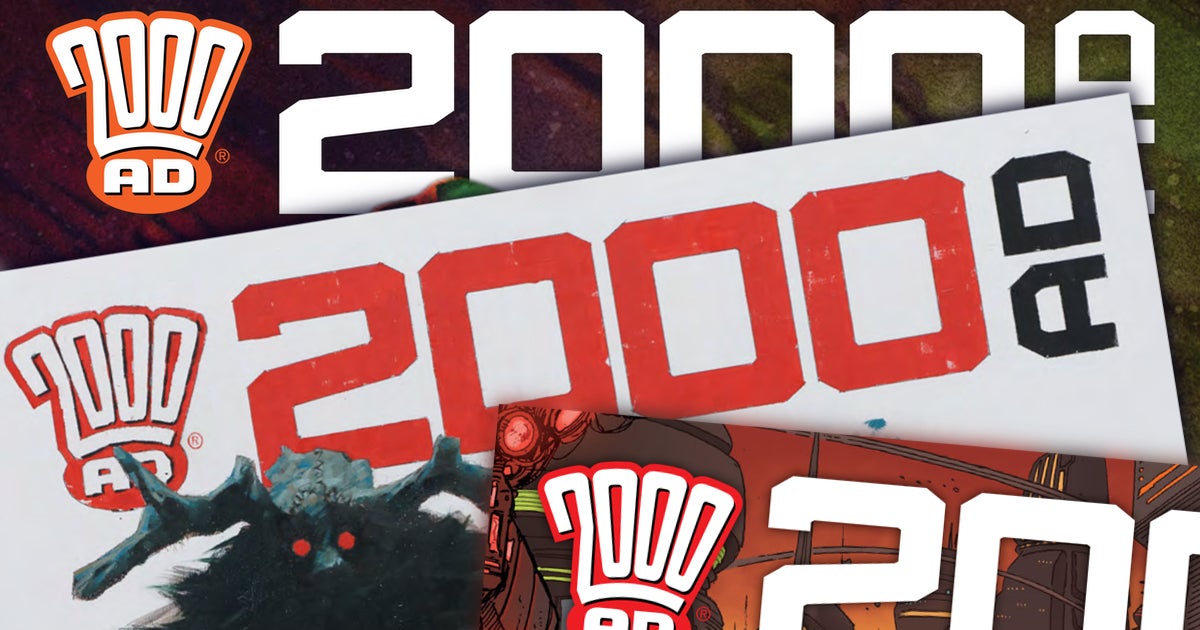For American audiences, though, one of its primary differentiators is the fact that it’s been coming out almost every week without fail — a printers strike and planned holiday season slowdowns aside — for more than four decades now. What does it take to keep up that kind of schedule? Popverse asked editor Matt Smith, who’s been in charge of 2000 AD since 2002, that very question.
…
American periodicals released in the comic shop-centric Direct Market — which offers material to retailers on a traditionally non-returnable basis, with those retailers selling it to customers who are willing to be patient for their favorites — 2000 AD is primarily sold on newsstands in the United Kingdom, which means there are very different pressures to hitting deadlines.
“Newsstand is very unforgiving on titles that don’t hit their on-sale date, so if the issue doesn’t go to print on its particular day, then it gets knocked back and that puts pressure on whether it’ll reach the shops in time. And then, if it goes on sale late, then [newsstand retailers] get a bit sniffy and you could end up getting fined for not hitting your own sale dates,” Smith explained. “Also, it affects the audience as well. Once the comics doesn’t appear when they think it’s going to appear, then they start drifting away. You’ve seen that with other titles that have been and gone, where they start drifting and staggering their on-sale dates, and the audience just loses interest and then gradually the magazine winds up [folding]. So they absolutely have to hit those on-sale dates to keep that audience on board.”


